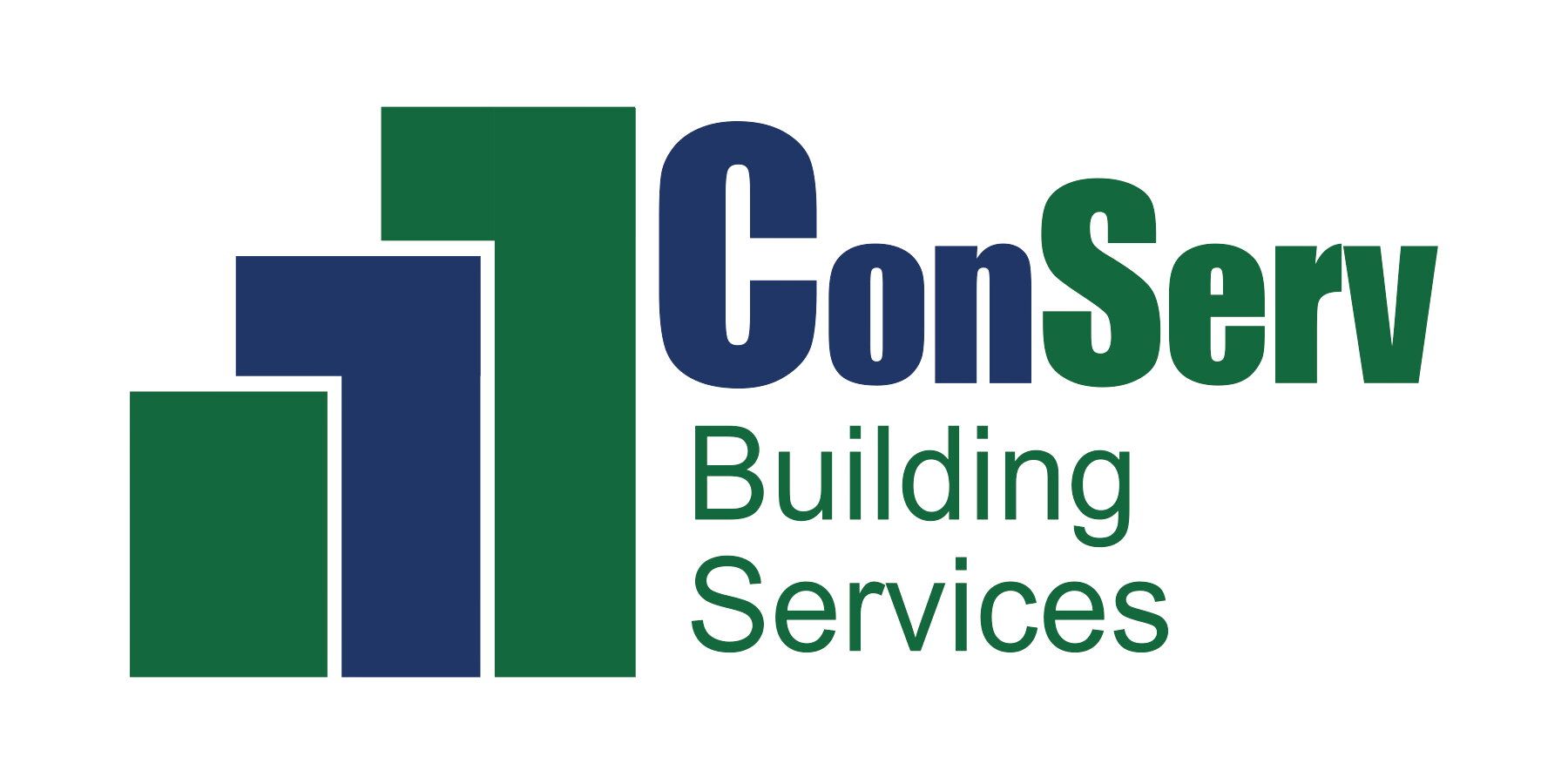Although siphonic drainage systems are relatively new to the United States, they are widely used throughout the world. Developed in Europe, siphonic drainage systems are designed to carry water from the roof to the storm drain, just as a conventional system does. The major difference, however, is that the conventional system relies upon gravity to carry water down a pipe that may be half-full, whereas a siphonic system operates by completely filling the pipe with water and using negative pressure (reportedly .432 psi per foot of water in the downspout) to suction the water from the roof. A device called an air baffle prevents air from entering the piping and keeps the water from creating a vortex. During heavy rains, 100% of the pipe’s capacity can be used to expel water, a significant increase in efficiency.
While the siphonic drainage system does require more design effort due to extensive planning and specialized design software, the benefits to the builder and owner are significant, including less cost and more available space:
- Save space and money: longer runs are possible with this system and therefore decrease the number of necessary downpipes and excavation work.
- Improve coordination: piping runs horizontally level requiring less coordination effort.
- Smaller pipes and no slope: this pressurized system requires smaller sized pipe to achieve the same flow and runs level.
- Self-cleaning: pressurized water ensures that debris will be purged from the system.
- More environmentally friendly than conventional drainage systems.
ConServ Building Services, LLC provides excellent commercial HVAC, refrigeration, plumbing, and general construction services to businesses across the Southeastern United States. To learn more about ConServ, visit www.conservonline.com.
